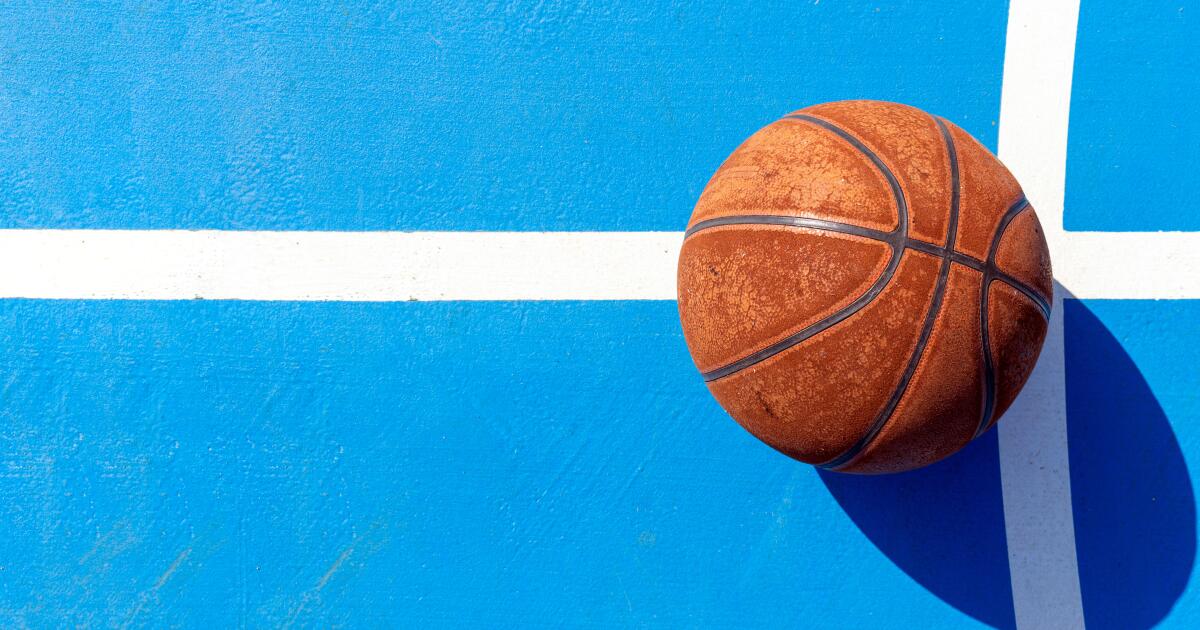Basketball Hall of Fame. X-ray poker tables. Mafia. All allegedly played critical roles in an alleged multi-year illegal poker cheating scheme that resulted in 31 federal charges this week. The poker cheating case is one of two announced cases allegedly involving prominent NBA figures.
Investigators say the scheme to defraud players at the poker table began in April 2019, when defendant Robert “Black Rob” Stroud and other co-conspirators began concocting a ruse to use technology to rig illegal poker games, usually Texas Hold'em, against unsuspecting wealthy players they called “fish” or “whales” and who knew that playing illegal high-stakes games, but believed they were “fair” games against other wealthy players. In fact, in many cases, the scheme involved everyone else at the table except them.
Pisces were also drawn to the game by the presence of high-profile former professional athletes known as “face cards,” with the biggest names turning out to be Basketball Hall of Famer Chauncey Billups and former NBA player and coach Damon Jones.
How did it all work?
The scheme began with technology primarily used in card shuffling machines that read the order of cards being dealt and relayed the information to a remote operator. Sometimes the games used X-ray tables and/or hidden cameras in the poker chip tray to help read the cards. Players also sometimes wore special contact lenses or glasses that allowed them to see marked cards.
Once the operator knew the cards were on the table, he relayed the relevant information to the “defender” at the table, who subtly signaled to the rest of the “cheat team” what they should do.
In an example cited in a court document for a September 2024 Miami game, defendant John Mazzola played quarterback. If Mazzola had a better hand, he would have tapped his hand or wrist. If another inside player did, Mazzola touched his $1,000 poker chip, and so on and so forth. If the fish had the best hand, Mazzola would touch his black chips, signaling the rest of the inside players to fold.
To maintain the charade and keep the unsuspecting player at the table, the accomplices sent text messages about the strategy in real time. Sometimes they let the victims win. During the same game in Miami, defendant Michael Renzulli sent a message in a group chat to co-conspirators, asking them to allow a player – in this case referred to as John Doe #4 – to win the hand in order for him to continue playing.
The same concept applied to games involving Billups and Jones, although there was an added layer of nuance given their fame. During an April 2019 game, defendant Sophia Wei wrote to the group that Billups and defendant Eric “Ghost” Earnest had won two improbable hands (a “gutshot on the river” or a straight draw requiring a midcard hit to make a hand) against the same player. While Stroud responded that the player “acted as if he wanted Chauncey to get his money” because he was “starstruck”, Wei insisted that they include another member of the rogue team (“the guy from the Middle East”) in the game so that Billups and Ernest could lose to him on purpose and allay suspicion.
What connections to organized crime were there in this scheme?
The presence of the Mafia, also known as the Cosa Nostra (LCN), was intended to provide support and protection, often incorporating into this scheme their own illegal high-stakes poker games that were not necessarily rigged.
Court documents allege that in Manhattan, New York, the Bonanno crime family already maintained a game at 147 Lexington Avenue, while the Gambino crime family, with the support of at least one member of the Genovese crime family, operated a game at 80 Washington Place. In 2023, the two games merged, jointly managing the rigging circuit using technology provided by Stroud.
LCN facilitated the scheme on at least one occasion by allegedly robbing an individual identified only as “John Doe No. 7,” who initially participated in rigged poker games, of a modified Deckmate 1 deck shuffling machine that, unmodified, sold for more than $10,000.
The Mafia and non-Mafia associates also handled many of the financial issues surrounding the scheme, often using many of the tactics for which they became most notorious. In November 2022, defendant Zhen Hu allegedly threatened and assaulted “John Doe No. 5” for failing to pay his poker debts. In the fall of 2023, several associates allegedly extorted “John Doe No. 6” citing their mob ties, ultimately scaring him into paying off a $10,000 debt.
Additionally, defendant Anthony Schneiderman allegedly laundered proceeds from poker games through shell companies and third parties, ultimately paying other co-conspirators in cash or cryptocurrency.
“Given the alleged involvement of three La Cosa Nostra crime families, an NBA head coach and Hall of Famer, and other current and former professional athletes, the investigative work that culminated in this morning's operation is reminiscent of a Hollywood movie,” said New York Homeland Security Investigations Special Agent in Charge Ricky Patel. “But it wasn’t luck or theatrics.”
“Using the allure of big winnings and the promise of playing alongside famous professional athletes, these defendants allegedly defrauded unsuspecting victims of tens of millions of dollars and created a financial pipeline for Cosa Nostra,” said Christopher Raia, Assistant Director in Charge of the FBI.
In total, victims of the fraudulent poker scheme lost at least $7.15 million, according to court documents. One of the victims alone, “John Doe #1,” was robbed of $1.8 million in games held in June and July 2023.
Following his arrest, Billups appeared in court Thursday and was released from custody on conditions of a substantial bond to appear in federal court in the Eastern District of New York and the surrender of his passport. He will next appear in court on November 24. His lawyer Chris Haywood released a statement Thursday night saying they intend to fight the charges.








